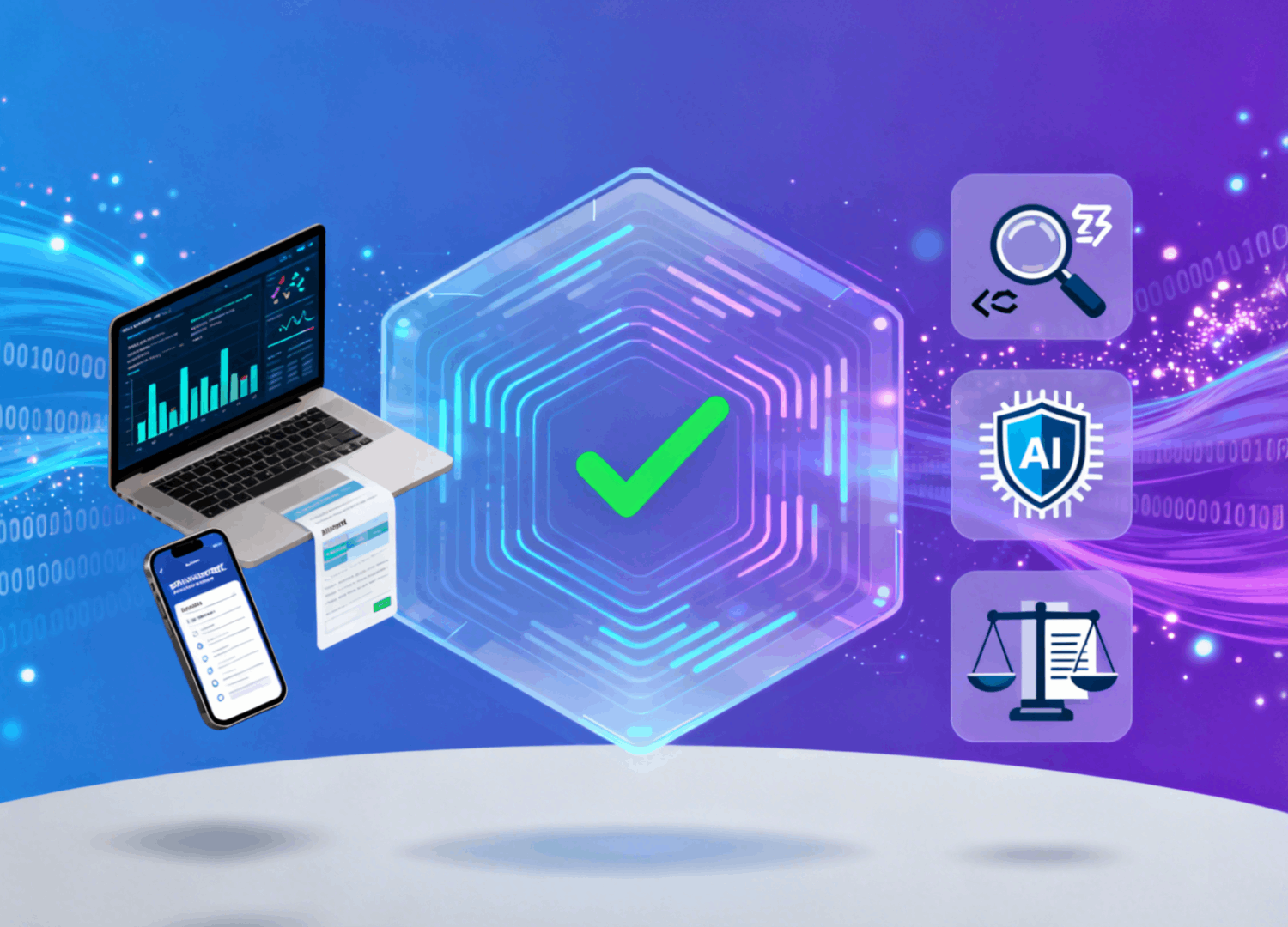
Top AI Content Detectors: Essential Tools for 2025
With the proliferation of AI-generated content, tools like AI Content Detector, AI Checker, and Chat...
As artificial intelligence continues to revolutionize content creation, the need to distinguish between human-written and AI-generated content has become increasingly critical. Whether you're an educator checking student submissions, a content manager ensuring originality, or a digital marketer maintaining quality standards, understanding how AI detection works is essential. Tools like aigcchecker.com have emerged as powerful solutions to help identify AI-generated text with remarkable accuracy. In this comprehensive guide, we'll explore the technology behind AI detection, how these systems operate, and why they're becoming indispensable in our digital landscape.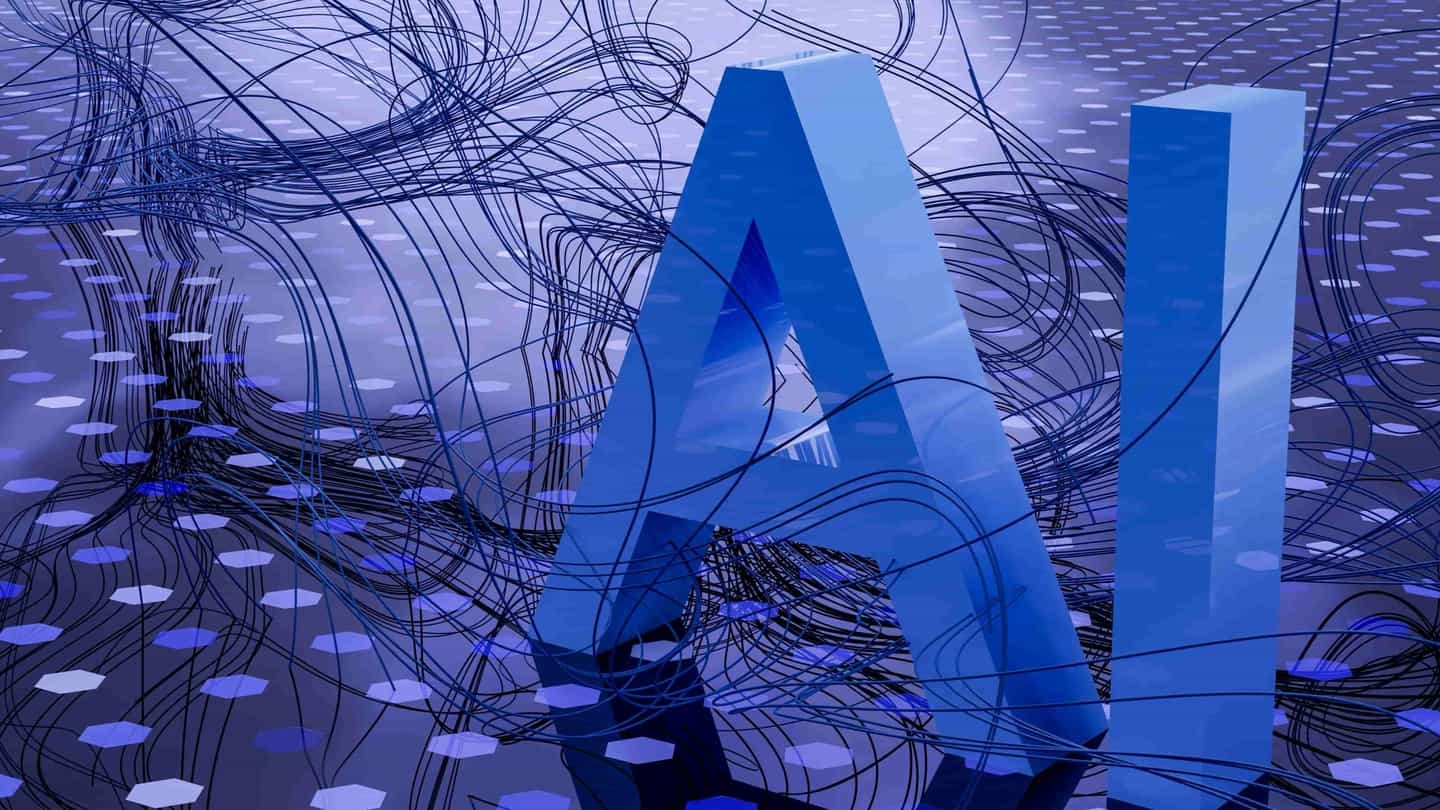
AI detection technology operates on sophisticated machine learning algorithms designed to identify patterns and characteristics unique to AI-generated text. At its core, AI detection works by analyzing multiple linguistic features that differentiate human writing from content produced by language models like GPT-3, GPT-4, and other generative AI systems.
The foundation of how AI detection works lies in understanding the inherent differences between human and machine-generated content. AI language models, despite their sophistication, exhibit certain predictable patterns in their output. These patterns include:
Modern AI detection systems employ advanced machine learning models trained on vast datasets containing both human-written and AI-generated content. These models learn to recognize subtle distinctions through:
Supervised learning: Training algorithms on labeled datasets where content is clearly marked as human or AI-generated, allowing the system to learn distinguishing features.
Feature extraction: Identifying and analyzing hundreds of linguistic variables including vocabulary diversity, syntactic complexity, and semantic patterns that serve as detection markers.
Neural network architectures: Utilizing deep learning frameworks that can process multiple layers of textual analysis simultaneously, improving detection accuracy.
When you submit text to an AI detection tool like aigcchecker.com, a sophisticated multi-step analysis process begins immediately. Understanding this process helps clarify how these tools achieve their impressive accuracy rates.
The first stage involves breaking down the submitted text into analyzable components. The AI detection system performs:
Once preprocessed, the content undergoes comprehensive feature analysis. The detector examines:
Statistical language patterns: AI-generated text often exhibits statistical regularities in word frequency and distribution that differ from natural human writing patterns.
Syntactic structures: The grammatical complexity and sentence construction patterns are evaluated against known AI generation tendencies.
Lexical diversity: Vocabulary richness and word choice variety are measured, as AI models sometimes demonstrate limited lexical variation in certain contexts.
The final analysis phase involves calculating probability scores that indicate the likelihood of AI generation. Advanced AI detection algorithms provide:
The effectiveness of AI content detection relies on several cutting-edge technologies working in concert to deliver accurate results.
Natural Language Processing forms the backbone of AI detection technology. NLP enables systems to understand, interpret, and analyze human language in meaningful ways. In the context of AI detection, NLP techniques help identify:
Modern AI detectors leverage transformer architectures similar to those used in generative AI itself. This approach allows detection systems to:
Understand contextual relationships across long text passages, capturing nuances that simpler algorithms might miss.
Process bidirectional context, analyzing how words relate to both preceding and following content.
Identify attention patterns that reveal how AI models construct sentences and paragraphs.
Statistical methods provide quantifiable metrics for AI detection. These frameworks analyze:
MetricPurposeAI vs Human Difference
Perplexity Score | Measures text predictability | AI shows lower perplexity (more predictable)
Burstiness Index | Evaluates sentence variation | Humans show higher burstiness
Entropy Rate | Assesses information density | AI maintains more consistent entropy
N-gram Frequency | Analyzes phrase patterns | AI shows characteristic n-gram distributions
While AI detection technology has made remarkable advances, understanding its capabilities and limitations is crucial for proper implementation and interpretation of results.
Several variables influence how accurately AI detectors can identify generated content:
Text length: Longer passages generally provide more data points for analysis, improving detection accuracy. Very short texts may yield less reliable results.
AI model sophistication: Newer, more advanced AI language models can produce text that more closely mimics human writing patterns, making detection more challenging.
Human editing: AI-generated content that has been significantly edited or refined by humans may blur the distinction between machine and human authorship.
Writing style complexity: Highly technical or formulaic writing may be harder to classify, as both humans and AI might produce similar structured content.
Despite sophisticated technology, AI detection systems face several ongoing challenges:
To maximize the effectiveness of AI detection, consider these recommended practices:
Use detection as one component of a comprehensive evaluation strategy rather than the sole determining factor.
Combine automated detection with human judgment and contextual assessment.
Regularly update detection tools to keep pace with evolving AI language models.
Understand the specific strengths and limitations of your chosen detection platform, such as aigcchecker.com.
Understanding how AI detection works becomes even more valuable when considering its diverse practical applications across various industries and sectors.
Educational institutions increasingly rely on AI detection tools to maintain academic standards. Professors and administrators use these systems to:
Marketing teams and content managers implement AI detection to ensure content quality and originality. Applications include:
Quality assurance: Verifying that outsourced or freelance content meets human-written standards and brand voice requirements.
SEO optimization: Ensuring content authenticity, as search engines increasingly prioritize original, human-created material.
Brand protection: Maintaining authentic communication that resonates with target audiences.
Media organizations utilize AI content detection to uphold journalistic integrity by:
With numerous AI detection platforms available, selecting the appropriate tool for your specific needs requires careful consideration of several factors.
When evaluating AI detection services, prioritize these key capabilities:
Detection accuracy: Look for tools with proven track records and transparent accuracy metrics across various AI models and content types.
Detailed reporting: Comprehensive analysis reports that highlight specific sections and explain detection reasoning provide more actionable insights.
User interface: Intuitive platforms like aigcchecker.com that offer straightforward submission processes and clear result presentations enhance usability.
Processing speed: Efficient analysis capabilities that deliver results quickly without sacrificing accuracy.
Privacy and security: Robust data protection measures ensuring submitted content remains confidential and secure.
Among available options, aigcchecker.com offers several distinctive advantages:
As generative AI continues advancing, AI detection technology must evolve correspondingly. Understanding emerging trends helps anticipate future capabilities and challenges.
Next-generation AI detection systems are incorporating:
Watermarking techniques: Some AI developers are implementing imperceptible markers in generated content that detection tools can identify.
Blockchain verification: Distributed ledger technologies may provide immutable records of content origin and authorship.
Behavioral biometrics: Analysis of writing patterns over time to establish individual authorial signatures.
The AI detection landscape faces continuous evolution as:
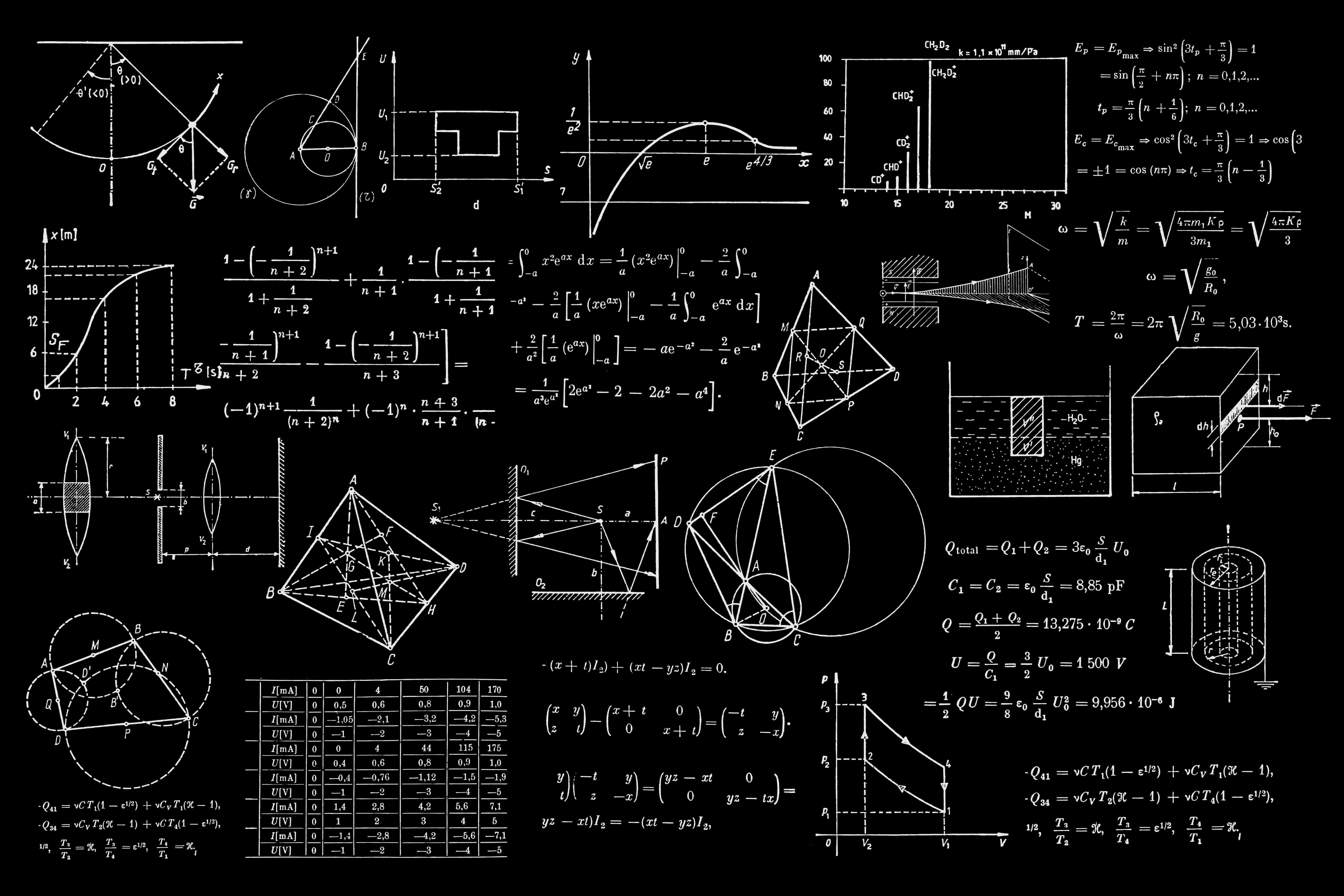
Understanding how AI detection works has become essential knowledge in our increasingly AI-integrated world. From the sophisticated machine learning algorithms that power detection systems to the practical applications across education, publishing, and content creation, AI detection technology plays a crucial role in maintaining authenticity and integrity in digital content.
The technology operates through complex analysis of linguistic patterns, statistical anomalies, and structural characteristics that distinguish AI-generated text from human writing. While current systems like aigcchecker.com achieve impressive accuracy rates, they work best when combined with human judgment and contextual understanding.
As both generative AI and detection technologies continue evolving, staying informed about how these systems function empowers you to make better decisions about content verification, quality assurance, and authentic communication. Whether you're an educator safeguarding academic integrity, a content manager ensuring originality, or simply someone curious about these emerging technologies, tools like aigcchecker.com provide accessible, reliable solutions for navigating the AI content landscape.
By leveraging advanced AI detection technology responsibly and understanding its capabilities and limitations, we can harness the benefits of AI-assisted content creation while maintaining the authenticity and human connection that remains irreplaceable in meaningful communication.
Most advanced AI detection tools can identify content from major AI models including GPT-3, GPT-4, Claude, and others. However, detection accuracy may vary depending on the specific model, how the content was generated, and whether it has been edited. Tools like aigcchecker.com continuously update their algorithms to detect content from emerging AI systems, though newly released models may temporarily present detection challenges until sufficient training data becomes available.
AI detection accuracy typically ranges from 85-98% depending on various factors including text length, content type, and the sophistication of the AI model used for generation. Longer texts generally yield more accurate results as they provide more data points for analysis. It's important to note that no detection system is 100% accurate, which is why results should be interpreted as probability indicators rather than absolute certainties, and ideally combined with human review for critical decisions.
Substantial human editing can reduce the detectability of AI-generated content, particularly when the editing involves restructuring sentences, varying vocabulary, and adding personal insights or unique perspectives. However, minor edits like correcting grammar or changing a few words typically don't significantly affect detection. Advanced AI detection algorithms are specifically designed to identify underlying patterns that persist even through moderate editing, though heavily revised content that blends significant human input with AI assistance may produce inconclusive results.
Reputable AI detection platforms like aigcchecker.com implement robust privacy measures including encrypted data transmission, non-retention policies for submitted content, and compliance with data protection regulations. However, users should always review the privacy policy of any detection service before submitting sensitive or confidential content. For highly sensitive materials, consider using detection tools that offer on-premise deployment or enhanced privacy features, and avoid submitting personally identifiable information unless necessary for the analysis.

With the proliferation of AI-generated content, tools like AI Content Detector, AI Checker, and Chat...

With the popularity of AI writing tools, more and more students are using ChatGPT to generate essays
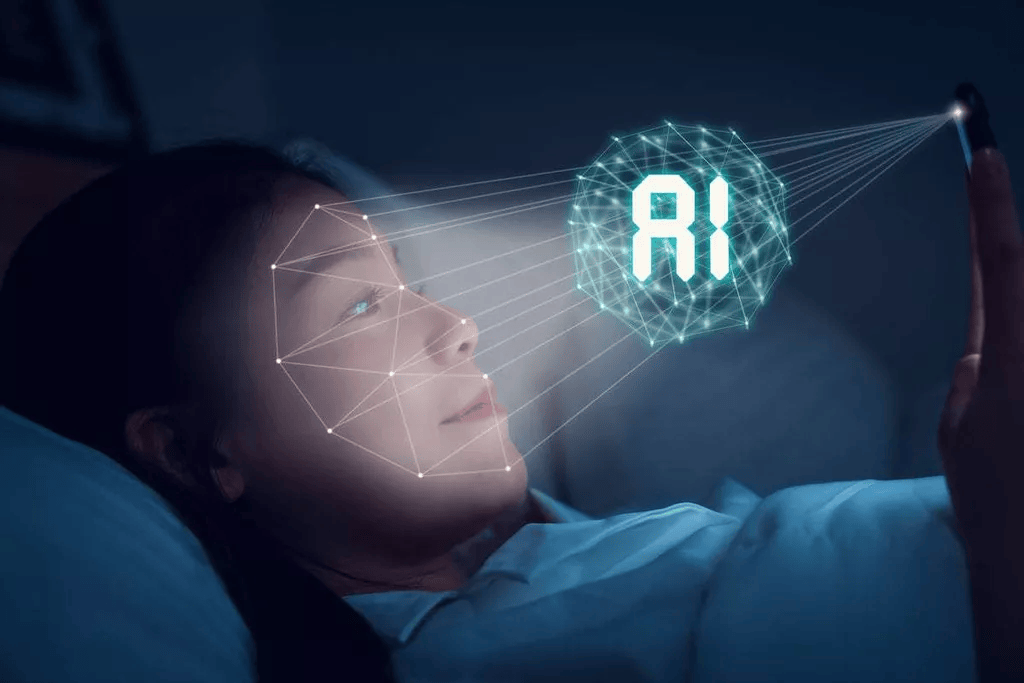
AI detection technology has become increasingly crucial in our digital landscape, where the line bet...
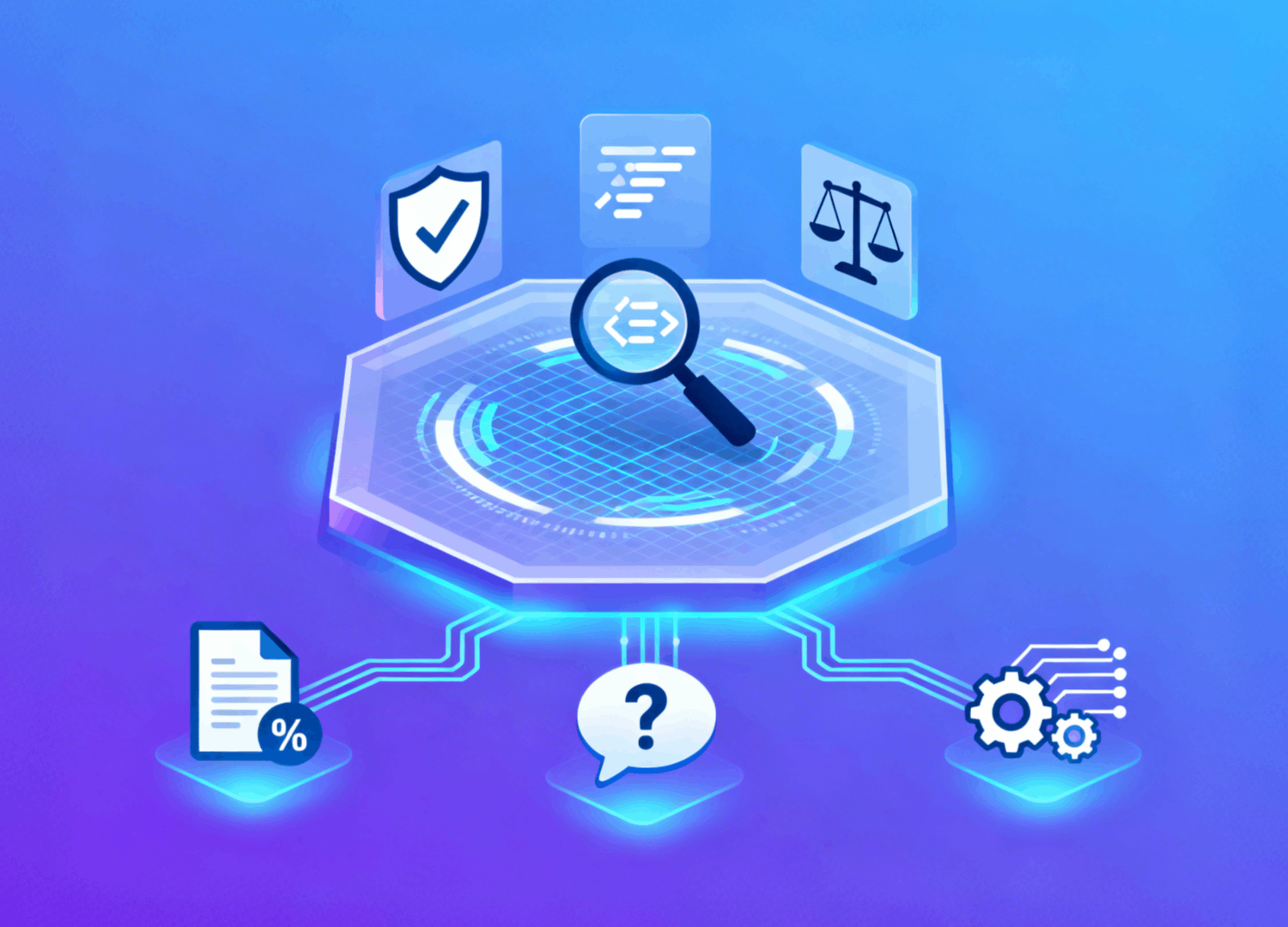
This article explores the rise of free AI detectors, their accuracy limits, and how they help identi...
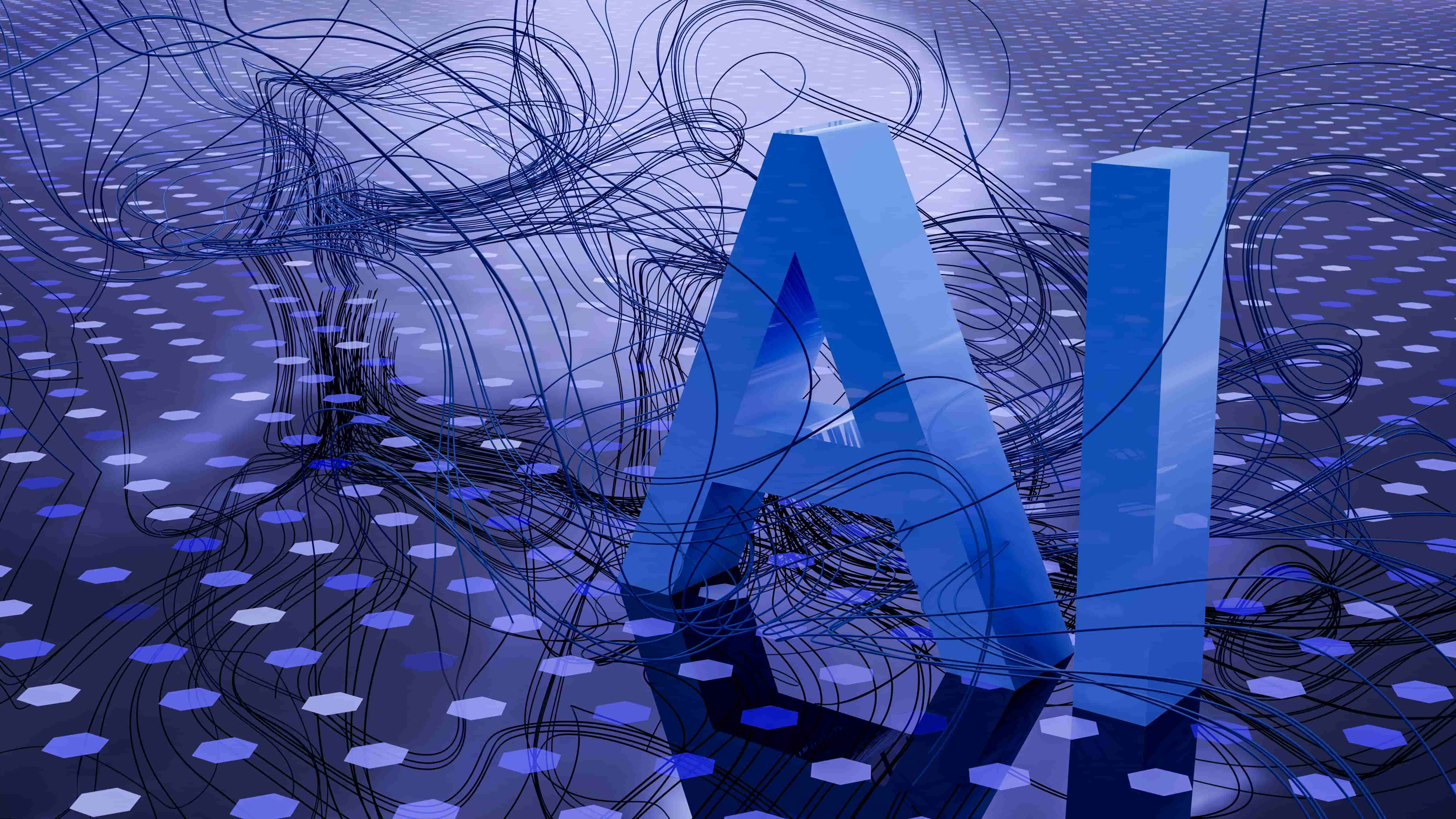
As artificial intelligence continues to revolutionize content creation, the need to distinguish betw...